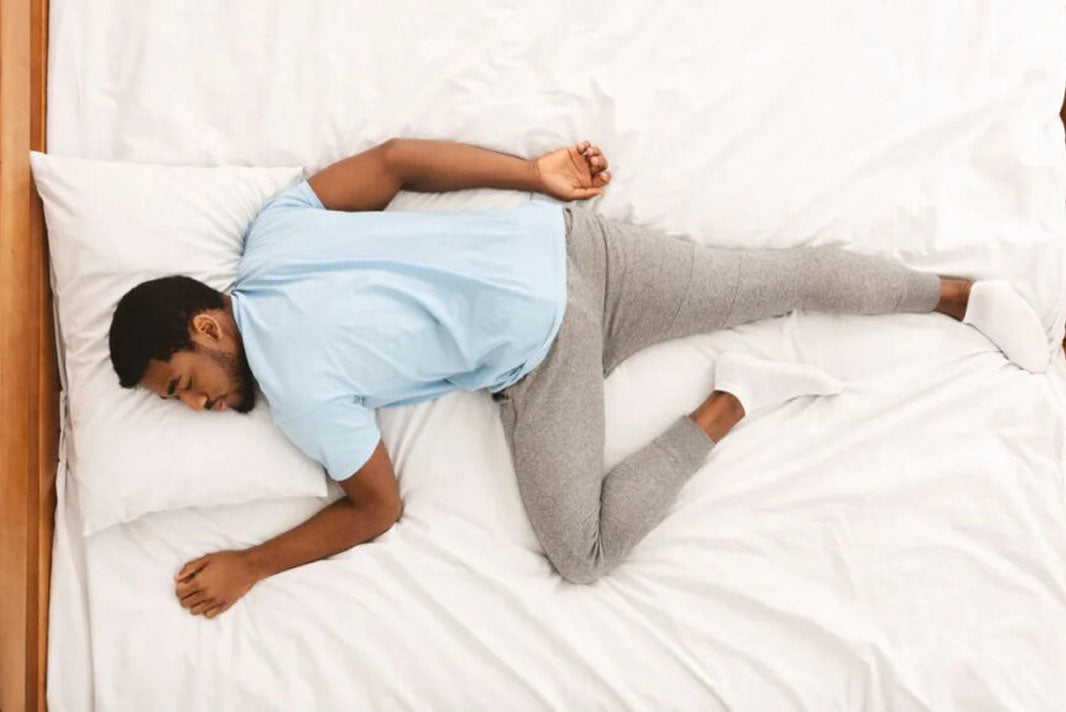
Posture and Sleep: Why Your Mattress and Pillow Can Aggravate Your Pain?
Introduction: The Silent Saboteurs of Restful Sleep
How often do you wake up with a sore neck or stiff back, wondering if you slept at all? For millions, the answer is “far too often.” In our fast-paced lives, quality rest is everything—but what if your nightly discomfort isn’t just a bad dream? The truth is, your mattress and pillow may be silently sabotaging your health and posture, turning sleep into a source of pain rather than recovery. Understanding this connection is the first step toward waking up refreshed, restored, and pain-free.
Defining the Problem: Sleep, Posture, and Persistent Pain
Your spine has a natural curve that’s essential for healthy movement and support. When you sleep on an unsupportive mattress or the wrong pillow, this curve can flatten or bend unnaturally, placing pressure on nerves, muscles, and joints. The result? Chronic back pain, neck stiffness, headaches, and restless nights.
Common Causes: When Bedding Becomes a Culprit
-
Old or Sagging Mattresses: Over time, even the best mattresses lose their supportive power, causing your hips or shoulders to sink and misalign your spine.
-
Inadequate Pillows: Too flat, too high, or lacking proper contouring—these pillows force your neck out of alignment, aggravating pain.
-
Wrong Sleep Position: Sleeping on your stomach twists the neck, while side sleeping with a poor pillow can pinch nerves.
-
Ignoring Your Needs: Not all bodies are the same; your height, weight, and sleep habits affect what support you need.
Warning Signs: Is Your Sleep Setup Hurting You?
-
Morning stiffness or pain in the neck, back, or shoulders
-
Frequent tossing and turning to “get comfortable”
-
Numbness or tingling in the arms or hands upon waking
-
Headaches that begin in the morning
-
Fatigue, despite a full night’s sleep
If these sound familiar, your mattress and pillow are likely not supporting you as they should.
Natural Solutions and Simple Tips
-
Choose the Right Mattress: Aim for medium-firm support that cushions pressure points without sagging. Replace your mattress every 7-10 years, or sooner if it’s visibly worn.
-
Upgrade Your Pillow: Select an orthopedic or memory foam pillow that supports your neck’s natural curve and matches your sleeping position.
-
Try Sleep Accessories: Leg support pillows, lumbar cushions, or ergonomic pillows can make a big difference for side sleepers or those with chronic pain.
-
Practice Good Sleep Hygiene: Maintain a regular bedtime, limit screen time before sleep, and keep your bedroom cool and dark.
-
Stretch Before Bed: Gentle neck and back stretches can relieve muscle tension and prepare your body for rest.
Expert Advice: Small Changes, Major Results
Doctors and physical therapists agree: Sleep posture is just as important as daytime posture. Investing in supportive bedding is investing in your long-term health. Even the smallest changes—like replacing a pillow or adding a lumbar cushion—can dramatically improve your sleep quality and pain levels.
Conclusion: Sleep Smarter, Not Harder
You don’t have to accept pain as part of your nightly routine. By rethinking your mattress and pillow, you can support your spine, reduce tension, and finally wake up feeling rested. Ready for real relief? Explore our Gel Orthopedic Pillow for Neck and Sleep, Lumbar Cushion for Back Pain and Posture, or Leg Support Pillow for Comfortable Side Sleep and transform your sleep experience tonight.
Find your MyPostureo solution
-
Leg Support Pillow for Comfortable Side Sleep
Regular price €59,90 EURRegular priceUnit price / per -
 Best Seller Sale
Best Seller SaleAcupressure Mat and Pillow Set for Relaxation
Regular price €59,90 EURRegular priceUnit price / per€89,99 EURSale price €59,90 EURBest Seller Sale


